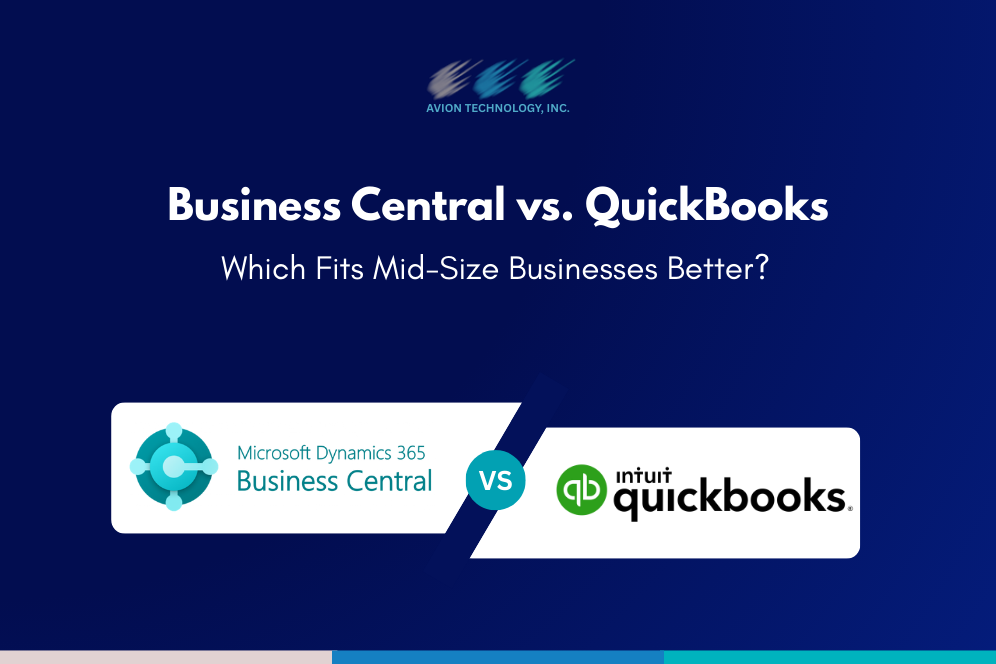Nowadays, the use of mobile apps is increasing rapidly. Right from Paying electricity bills, booking movie tickets, transferring money, engaging in social interactions, booking a hotel room, and shopping are all online. Statistics show there are more internet-linked mobile devices in the world than people. Mobile apps are usually available through online app distributors such as Google Play Store, Apple App Store, etc. With the increasing use of mobile in our daily lives, mobile apps have become the main target of cybercriminals, So the enterprise must take steps to ensure the security of their apps and a better end-user experience.
Following are some steps to implement a mobile trial and obtain a hacker-free application:
1] Source Code Encryption:
A major part of the code in native mobile apps is on the client-side. Cybercriminals can easily detect the bug vulnerabilities in the design and source code of mobile applications using mobile malware. Then, using reverse engineering techniques, authentic apps are repackaged into malicious apps and uploaded to third-party app stores to attract suspicious users. Recent reports suggest that malicious code affects more than 12 million mobile devices at any given time. Therefore, developers should ensure that the apps are protected from tampering-proof and reverse engineering attacks. So you need to encrypt your source code, and the encrypted source code will ensure that no one else can access that source code.
2] Platform-specific Limitations:
If you are developing multiple mobile apps, it is better to understand the security features as well as the limitations of the platform and code accordingly. You should also consider different user case scenarios, encryption support, password support, and geo-location.
3] Secure the data in transit:
When a mobile application accesses an enterprise or other confidential data, unstructured information is usually stored in the device storage. In order to protect data from data theft, it is advisable to use a VPN or SSL tunnel.
4] Secure the Backend:
Mobile applications communicate with each other through the API, which is vulnerable to attacks. The backend server should have security measures in place to protect against malicious attacks. Ways to strengthen API security include embedding API gateways, using official APIs in code, conducting code reviews, adding firewalls, using API keys, and using 2-factor authentication and tokens.
5] Cryptography :
Use advanced encryption techniques such as AES and SHA-256 with 256-bit and 512-bit encryption for hashing.
6] Prevent unexpected data pilferage:
When a user interacts with your app, they agree to specific permissions, which allow brands and businesses to collect important personal customer information. By enforcing ethical advertising and using secure analytics providers, you can be sure that your user data will never be inadvertently leaked to hackers or malicious commercial vendors.
7] Complete Dynamic and Static Verification:
Dynamic and static verification techniques are still not prominently designed. Little is it made available for the dynamic versions of mobile apps.
Following these steps can simply help enhance mobile app security.
Resource:
https://huddle.eurostarsoftwaretesting.com/8-things-to-ensure-mobile-app-security/
https://www.flatworldsolutions.com/IT-services/articles/mobile-app-security-tips.php
Disclaimer:
Wherever any material is quoted as sourced from the published text with publishing rights vested in an individual, it is stated that it is a pure quotation and has no intention to claim it as our own.
Image Source: www.freepik.com








